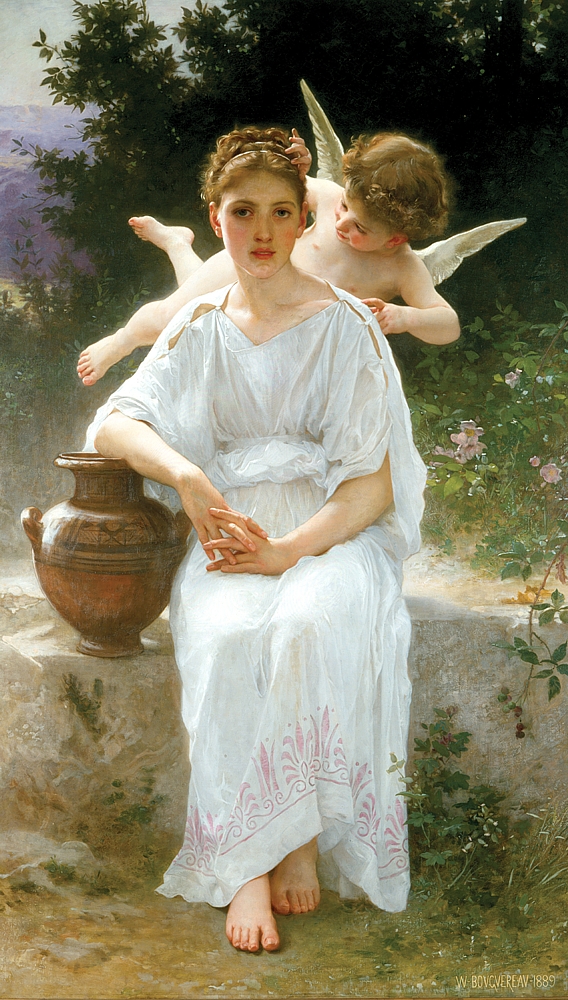
Rather, they are emotive and evocative they aim to portray a feeling or mood. Literature is not the basis for these images. Bouguereau’s creation of a distant, archetypal and poetic world is an extension of a practice with a long academic tradition most famously articulated by Nicholas Poussin.īouguereau’s tableaux de fantasie are rarely narrative they do not seek to tell a story or illustrate a moral. The quality of reverie present in so many of the Bouguereau’s paintings demonstrates to what extent the artist’s romantic disposition prevailed in the rendering of his classical motifs. This is not an artistic falsehood, but rather an artistic choice. But if Bouguereau’s art ignores this aspect of life in his times, it is because the artist deliberately chose to rise above the harsh truth of day-to-day existence and instead focus on the peace and serenity of an imagined Arcadia and exalt more pleasant possibilities. It has been argued by both contemporary and modern critics that Bouguereau’s art bears little or no relationship to the realities of political, industrial or urban life of 19th century France. Bouguereau', in Sé ance publique annuelle des cinqs Academies du 24 Octobre 1885, Institut de France).īouguereau strove to achieve a vision of perfection in a less than perfect age. With a relatively restricted number of elements – a head, a bust, arms, a torso, legs, a stomach – how many masterpieces she has made! Then why seek out other things to paint or sculpt?’ (W. In a lecture given at the Institut de France in 1885, the artist said, ‘Antiquity reveals what an inexhaustible source of variegated inspiration nature is. Bouguereau recognized the importance of drawing inspiration from Antiquity. Bathers, nymphs, Venuses and allegories abound throughout his oeuvre. The Classical world and the academic tradition that evolved from the images and motifs of Antiquity offered Bouguereau a rich and varied pool of subjects for the expressions of his formidable talents. Bouguereau kept copies of both Virgil and Ovid by his bedside, and works from this genre of his oeuvre must be viewed as manifestations of these particular reveries. 1), these paintings represent the artist’s response to his favorite classical poems and writings.

Inspired by themes from Classical Antiquity, as well as images from the great masters of the Italian Renaissance such as Raphael (fig. Coined tableaux de fantasie by the artist, these paintings provided the perfect vehicle for Bouguereau’s artistic dedication to the creation of beautiful forms and harmonious colors.

Chansons de printemps is a monumental and exquisite expression of a subject matter that would appear frequently through the master’s oeuvre. William Bouguereau was awarded the Grand Prix de Rome in 1850, and he spent the next three years at the glorious Villa de Medicis, where the young artist spent his days immersed in the imagery of Classical Antiquity and the Renaissance.


 0 kommentar(er)
0 kommentar(er)
